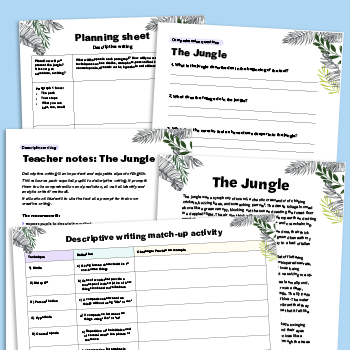4 Ways to Make the Most of Success Criteria

Ensure your students know what good work should look like from the start, with Claire Gadsby’s simple but effective strategies…

When we talk about success criteria we are simply describing the detailed breakdown or components of the lesson objective.
Whilst some sharing of learning intentions is typical in many classrooms, it is less common to see success criteria being used effectively by the students, however, the AfL 8 schools project showed the clear correlation between effective success criteria and accelerated progress.
Adapting our practice to involve learners more fully in understanding and even co-constructing success criteria can help help ensure they are sufficiently motivated and enthused by them; and the good news is, the better the success criteria, the quicker, easier and more effective feedback becomes.
Try the following practical strategies and observe the impact on your pupils; they can be combined for even greater engagement and interest.
1 | Blankety blank
Begin with a blank grid on the board and invite students to suggest what the success criteria for a particular piece of work could be.
When, as a class, they have reached agreement, each pupil transcribes their own grid which is then referred to regularly throughout the teaching.
By giving each criterion a number, you can make targeted and formative feedback very manageable. If you wish to personalise the feedback further, consider placing a gold star, emoji sticker or other symbol next to the criteria in which that student particularly excelled.
2 | Sort them out
Give students a list of possible success criteria plus extras that are incorrect. Invite learners to work in small groups to explore which criteria should be deleted and why.
Next, ask them to rank order the criteria in terms of how important they believe them to be. This kind of collaborative discussion promotes higher order thinking and paying close attention to the criteria themselves.
Trending
3 | WAGOLL bingo
The act of interrogating the features of a ‘good’ piece of work can be rendered more engaging and active by combining it with a game of bingo.
Describe the task that students will undertake (eg an essay, a perfectly drawn graph or a well written report) and ask them to predict what a good example might look like.
Have them record six guesses within a bingo grid. Next, reveal the good model and ask them to ‘play bingo’ by crossing off any that have been guessed correctly. Discuss common findings.
4 | Off the page
Wherever possible try to animate and activate the criteria. Invite students to draw pictures next to each criterion, for example, in order to make it more memorable.
The final stage would involve assigning an action (as subtle or as flamboyant as you like) so that we can begin to ‘back up’ the criteria with muscle memory.
Don’t just rely on written lists: have learners ‘See them, Say them, Act them … and then Use them!’
Claire Gadsby (@greatergadsby) is a freelance education consultant, trainer and keynote speaker. For a wealth of practical and innovative ways to develop formative assessment further, see her book, Perfect Assessment for Learning (Independent Thinking Press), or visit clairegadsby.com.











